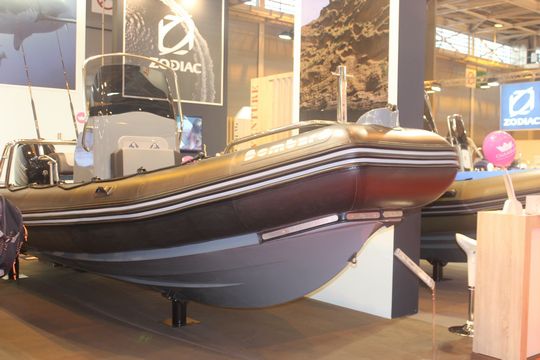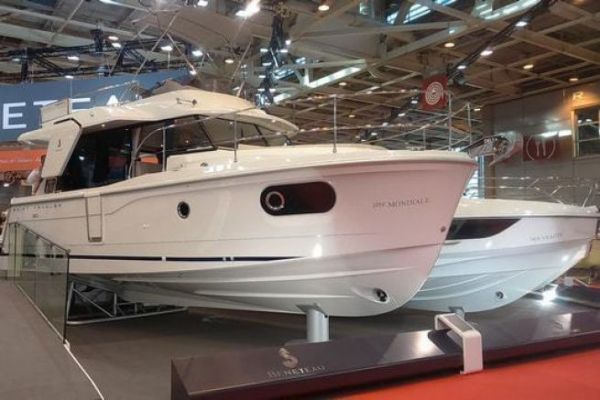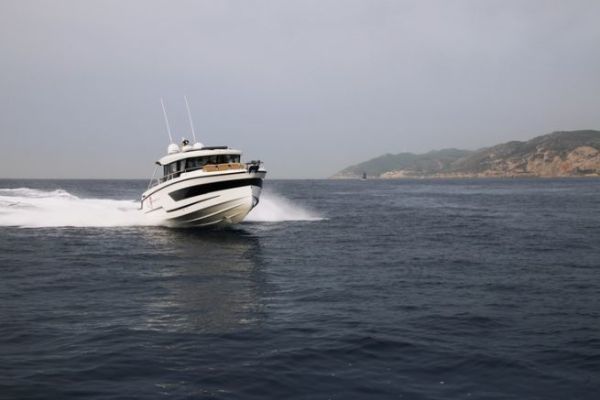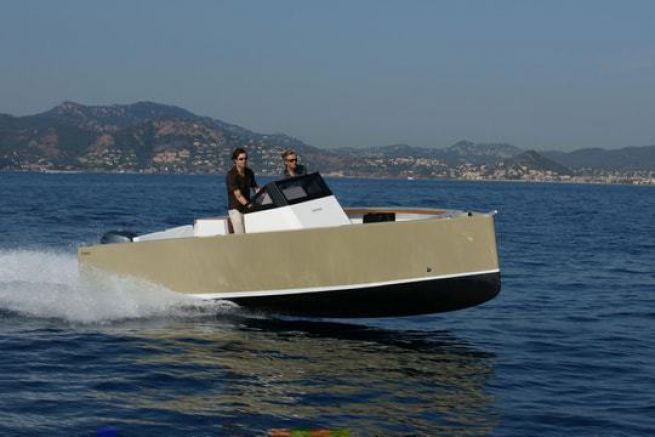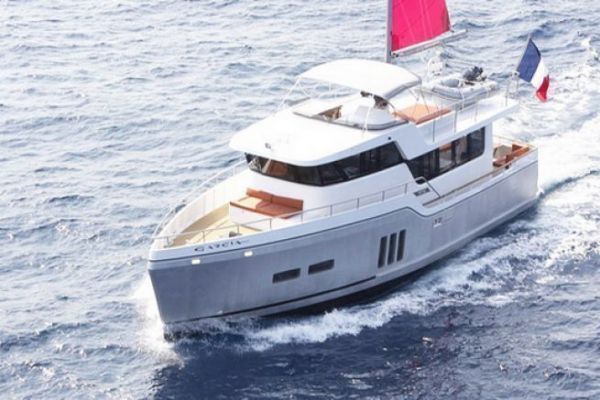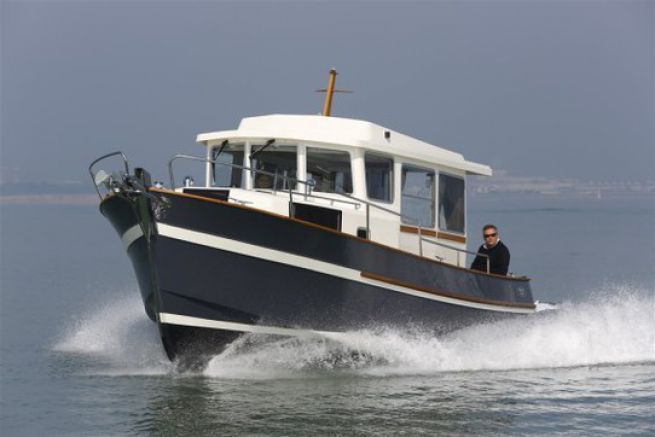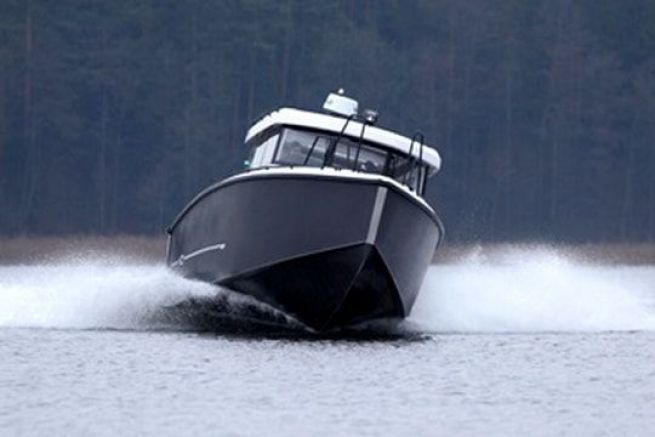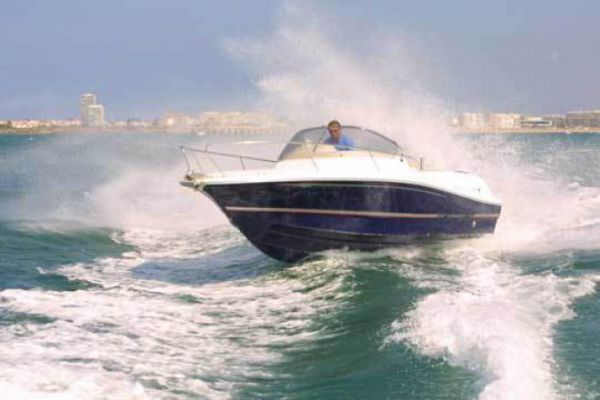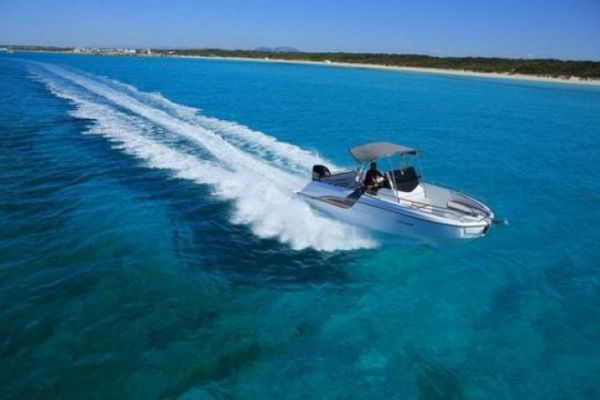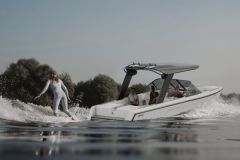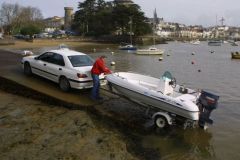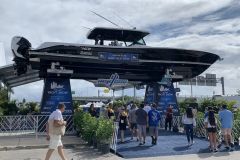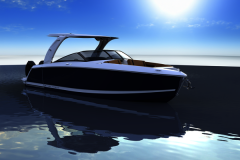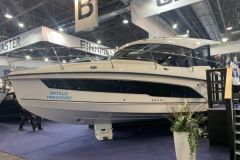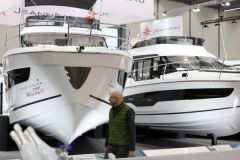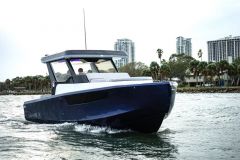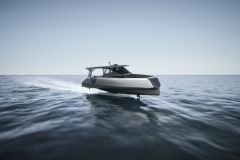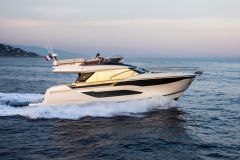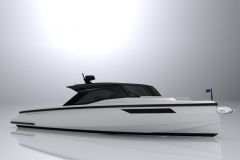We have seen previously that there are three main families of hulls, defined by their behavior and their ability to go fast:
- The displacement hulls synonymous with autonomy and comfort
- The semi-displacement hulls for a compromise between comfort and speed
- The planing hulls ideal for speed.
Independently, we can also describe the different hull shapes according to their geometry.
The flat-bottomed hull
The flat-bottomed hull generally equips small open boats, which reach high speeds quickly, while getting out of the water quickly.
Benefits
- Simple to build
- Low draft
- Navigation in calm waters: ponds, lakes and rivers
Disadvantages
- Does not adapt to rough waters, especially at high speed
- Not very stable beyond a small angle of heel
- Requires careful movement
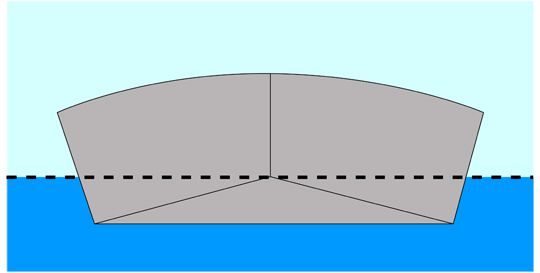
Shaped shell or "round shell"
The round shell is widespread in river boats and old hulls, due to the materials used and the load requirements.
Benefits
- Very efficient at low speed in terms of consumption
- Low wetted surface
Disadvantages
- Slow speed
- Does not get out of control
- Boat rather rolling, can cause more seasickness
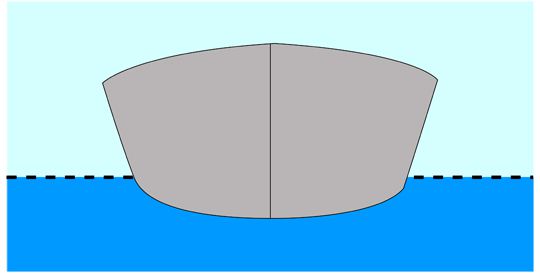
V-shaped shell
The V-hull allows to reach high speeds and to split the waves, even in rough seas. The V refers to the angle between the hull bottom and the horizontal. There are several V shapes, from the deep V to the flat V, which have different characteristics and different functionalities.
Naval architect Pierre Delion explains: "The flat V gets out of the water faster, is more planing and goes faster in flat seas, than a deep V, with equal displacement and equal propulsion. A deep V gives a much better sea passage, but it takes longer to get out of the water, as it needs more power and is less easy on flat water." .
The V of the hull is more or less evolving. It can be constant over a large section of the hull or evolve in a more progressive way between the deeper front sections and the flatter rear sections. This evolution allows a compromise between speed and good sea passage.
V Flat
Benefits
- Better stability at anchor
- Need less power to lift off
Disadvantage
- Tendency to type in the chop
V deep
Benefits
- Very good passage at sea
- More rolling
Disadvantages
- Need power to get off the ground quickly
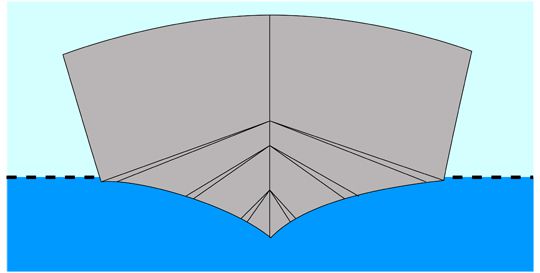
The triple V hull, or double V, often referred to as a gull wing, consists of two or more closely connected hulls. At high speeds, a cushion of air can partially mix with the water in the tunnels between the "hulls", limiting drag.
Benefits
- Very stable
Disadvantages
- No more wet surface
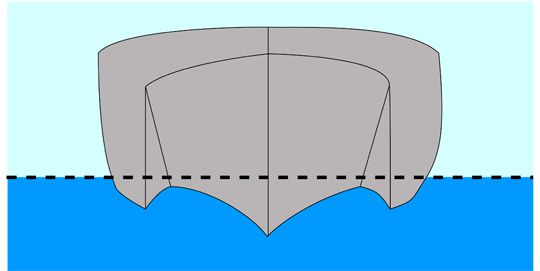
Special cases
Multihulls have mainly V-shaped hulls, connected by a platform or a trampoline.
Benefits
- Stability
- Speed
- Suitable for any weather
- Thinner hulls than monohulls
Disadvantages
- Plenty of room to maneuver and turn
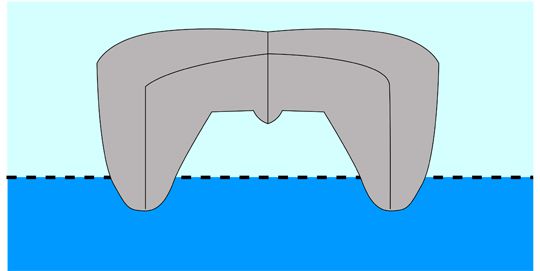
The semi-rigid poss√®de a rigid shell ‚euros in aluminum or fiberglass ‚euros associated with inflatable rubber or hypalon neopr√®ne. It therefore combines the advantages of the pneumatic and rigid.
Benefits
- Lightness
- Stability
- Good passage in the waves
Disadvantages
- Less efficient in flat water, due to the additional drag of the bladder
